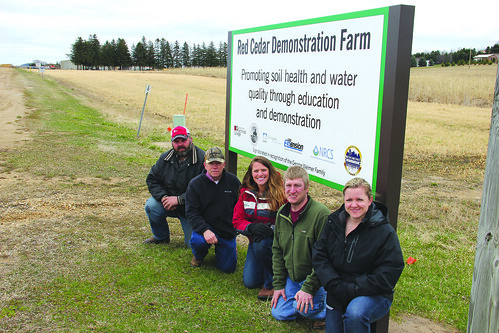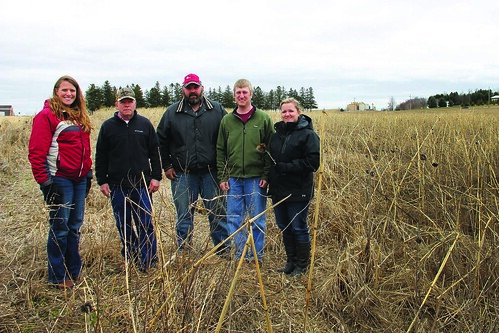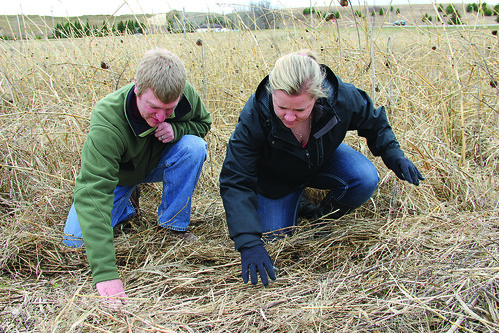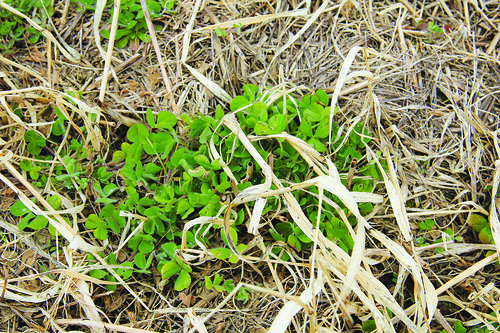
In Menomonie, Wisconsin, there is a 155-acre, three-parcel farm, whose purpose is to educate and demonstrate natural resources conservation. As part of their curriculum, Chippewa Valley Technical College (CVTC) Agricultural Program students perform farm work there in an outdoor classroom environment.
“The Red Cedar Demonstration Farm gives students a hands-on opportunity to plant, scout fields, monitor growth, harvest, write nutrient plans, take soil samples. Really, it’s a full farm laboratory for students,” said John Sippl, Dunn County Natural Resources Conservation Service (NRCS) District Conservationist.
The farm began through partnership. “In 2015, a partnership was formed,” Sippl says. “We started implementing soil health practices, nutrient management standards, no-till, and cover crops.”

The partners – NRCS, Dunn County Land and Water, University of Wisconsin-Extension, and the CVTC – presented a demonstration and educational farm idea to the county board. They agreed to a five-year lease to implement conservation practices to educate students, partners, and the community on soil health and its benefits.
“They saw different agencies coming together to form a truly interactive partnership to look at conservation management,” said Dan Prestebak with Dunn County Land & Water. “This was instrumental to the committee approving our ideas for the project.”
When the partners first visited the site, they saw the effects of wind erosion, but also saw the potential for improving the health of the soil.
But what about now? Students plant corn, small grains, and soybeans. No-till is used on the majority of the land and cover crops are also being used after each crop harvest. Students learn how to use tillage equipment on a control strip, to compare to no-till areas, where conservation practices are implemented.
“We’re seeing results!” said Sippl.

Cover crops are also planted on the field, a multi-species mix of a winter annual, a brassica species, and clovers.
“With multi-species cover crops on the ground, we’ve seen an abundance of wildlife—more than we’ve ever seen before,” said Sippl.
The soybeans had winter rye cover crop drilled in and will be harvested for grain in the summer. Corn fields were aerial seeded with a winter cover crop when corn was still standing. Lime and urea are also being applied for nutrient management.
"By incorporating crop diversity into the system, we saw better infiltration rates in just one years’ time,” said Sippl.
“We’re demonstrating it is possible to utilize no-till and cover crops, build organic matter, change the biological diversity in the soil, infiltrate more water, decrease erosion, increase soil health and more,” said Sippl. “We have an opportunity to show how conservation efforts can make an impact long term. We’re all excited to see the difference conservation can make in educating our next generation.”
CVTC has a unique partnership with the local implement dealers to allow students to use equipment for educational purposes. “We bring students to learn; we look at agronomy, marketing, and the financial side of harvesting. We’re excited to be a hands-on member of this partnership,” said Mark Denk, CVTC Instructor.
The main goal for the demo farm is conservation education. “NRCS, Dunn County Land & Water, UW-Extension, and CVTC. We’ve always had a good relationship, but this project has really strengthened that relationship and it’s been great for the students and community also,” said Prestebak.

